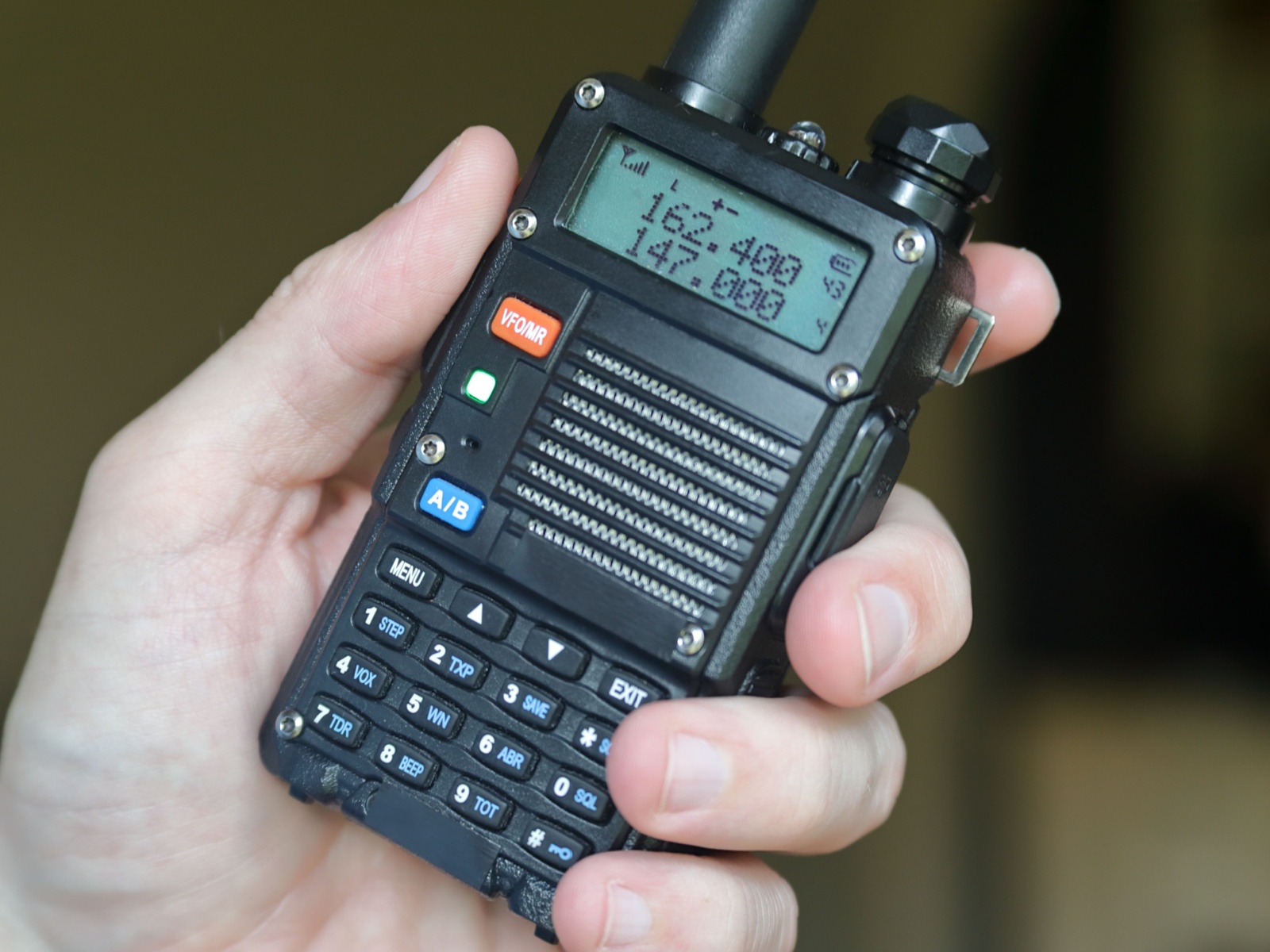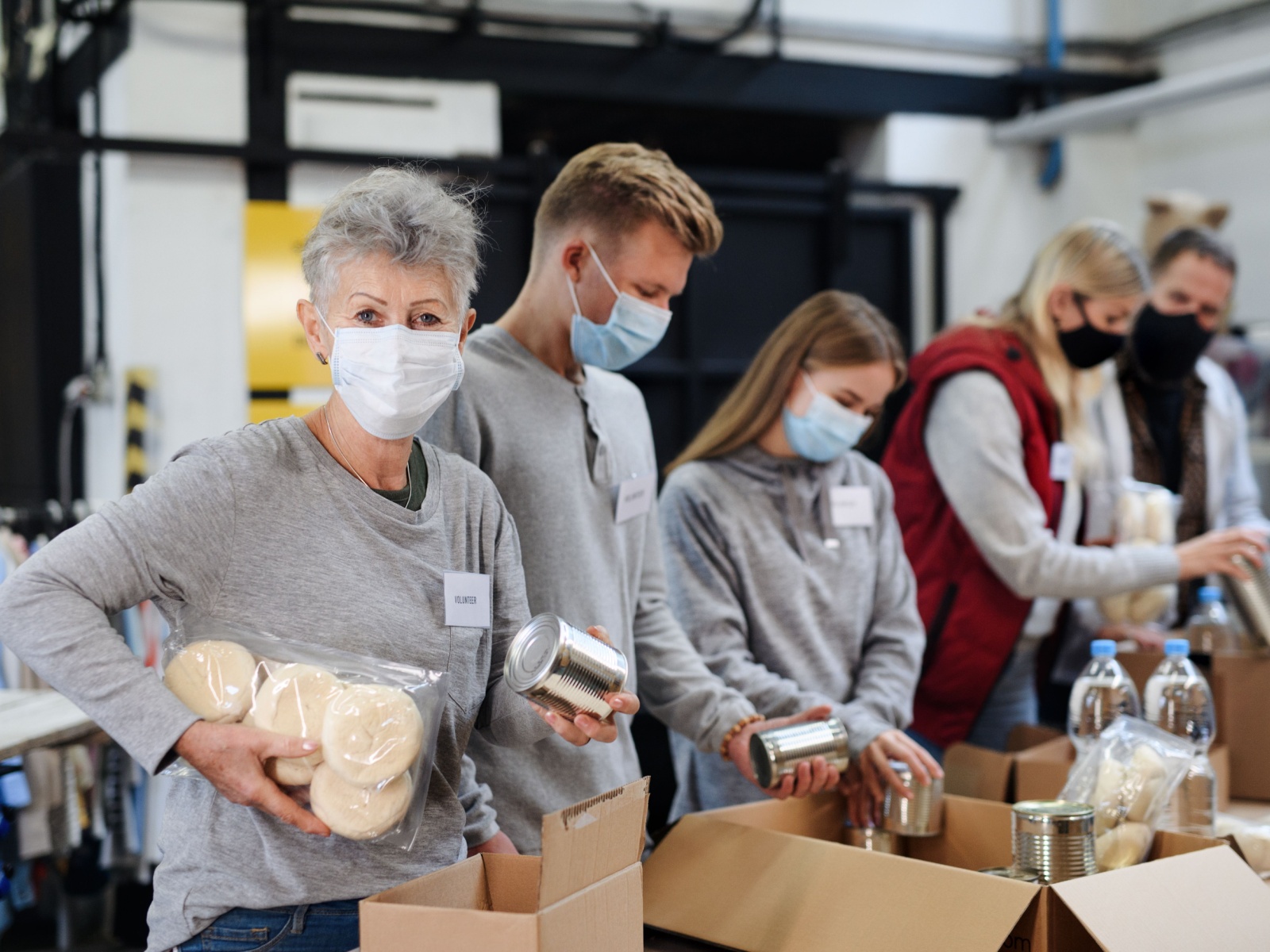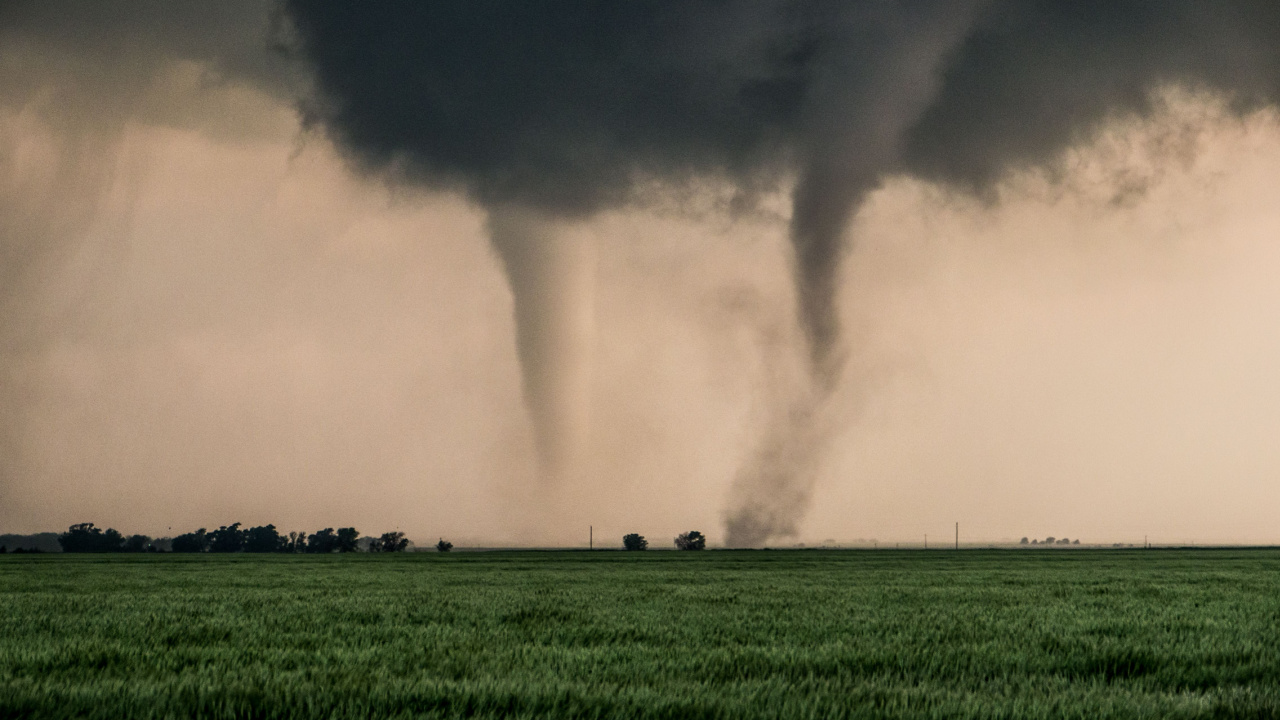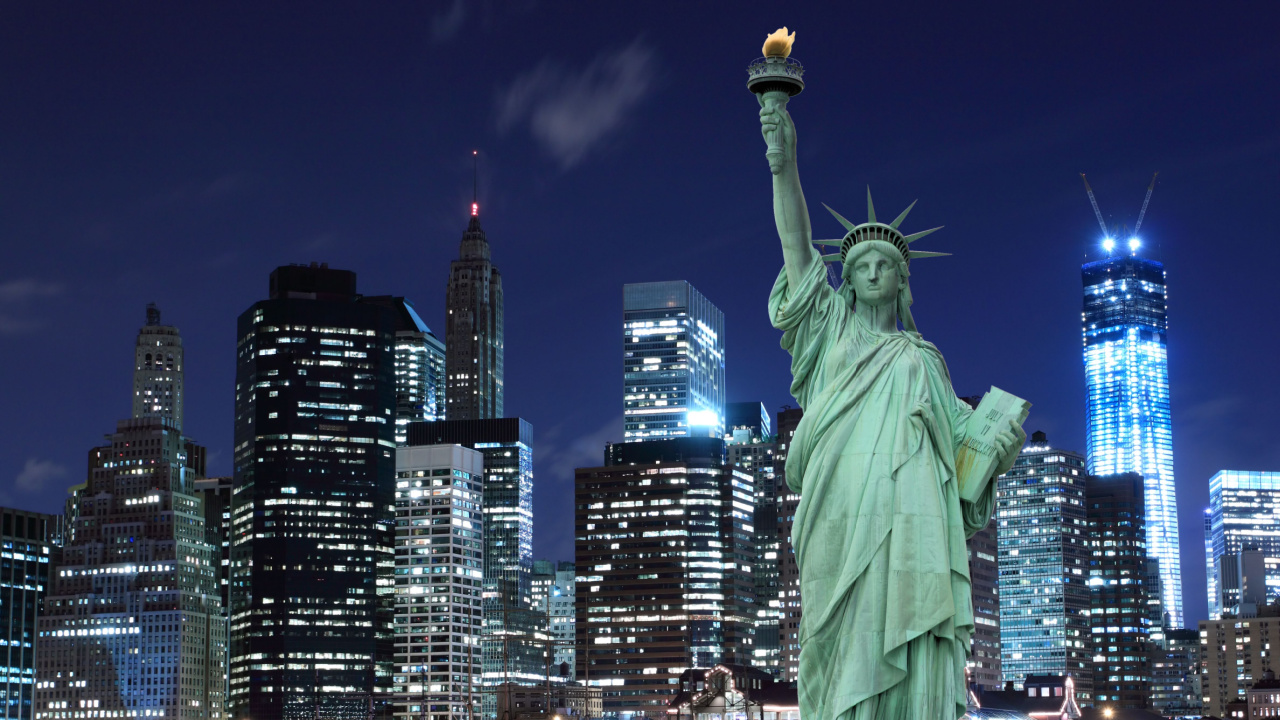Living in a city offers many benefits, but it also presents specific challenges during emergencies. In times of crisis, such as natural disasters, technology failures, or conflicts, city residents may find themselves without access to essentials like food, water, and electricity. Urban areas, with their dense populations and complex systems, are especially at risk. This was clearly seen during Hurricane Katrina, when vital services quickly collapsed.
Cities face higher risks in emergencies because of their crowded environments and complicated infrastructures. When disasters hit, the usual help from government services might not be immediately available, leaving people to fend for themselves amidst the chaos.
To stay safe, it’s crucial for city dwellers to understand these risks and prepare in advance. This guide provides a clear overview of the major threats you might face in an urban crisis and offers practical tips on how to prepare. With the right knowledge and preparations, you can better protect yourself and navigate through challenging times without being overwhelmed.
Food Shortages

The delicate thread that ties city dwellers to their sustenance is the supply chain, which is easily entangled by chaos. Once disrupted, the immediate scarcity of food highlights the importance of self-sufficiency. The wisdom in stockpiling non-perishable, long-lasting food items cannot be overstated. Urban preppers must consider incorporating a variety of canned goods, freeze-dried meals, and ready-to-eat provisions into their emergency reserves, so they don’t have to worry about finding sustenance when grocery shelves lie barren.
Water Crisis

Water’s importance in sustaining life magnifies its scarcity during crises. Clean water becomes a precious commodity in urban survival scenarios. Urban infrastructure, heavily reliant on electricity, can fail catastrophically, ceasing water flow or rendering it unsafe. The foresight to store ample water, complemented by purification methods, can mean the difference between life and death. FEMA’s guidelines for water storage serve as a minimum benchmark, with an emphasis on both quantity and quality to withstand periods of drought in the urban jungle.
With city water purification systems offline, individuals must adopt self-reliance for water treatment. Familiarize yourself with water purification techniques such as boiling, chemical treatment, and filtration. Additionally, plan for sewage management to prevent sanitation crises. Proactive water and waste strategies are vital for health and survival.
Social Chaos

The chaos seen during Hurricane Katrina showed us how quickly societal order can break down in a crisis. Emergency responders and law enforcement may become overwhelmed, leaving everyone to fend for themselves. Self-defense becomes a crucial skill, necessitating not only the possession of firearms and ammunition but also the knowledge and regular practice of using them effectively. Additionally, enhancing home security through measures like installing Plexiglas windows and steel doors can provide an added layer of safety against potential threats.
Lack of Sanitation

In the comfort of modern living, sanitation is an aspect easily overlooked, yet it becomes critically important in a disaster scenario. Without proper sanitation, the spread of disease can escalate rapidly, turning even garbage into a lethal hazard. Preparing for this requires a well-thought-out plan, including the stockpiling of emergency sanitation supplies such as antibacterial soap, hand sanitizers, and proper waste disposal methods. Ensuring you have the means to maintain hygiene can prevent the outbreak of diseases that thrived in less sanitary times.
Fire Hazards

In a crisis, the risk of fires may increase, and the ability of emergency services to respond can be severely limited. Equipping oneself with fire extinguishers and familiarizing oneself with their use is imperative. Additionally, considering protective measures such as gas masks can help safeguard against smoke and chemical exposure. Being prepared for fires involves both having the right equipment and the knowledge to use it effectively.
Power Outages

The likelihood of experiencing prolonged power outages during a significant disaster is high. Preparing for such eventualities means having a supply of flashlights, candles, and batteries to ensure illumination. For those in colder climates, a portable propane heater serves as a vital source of warmth during power outages and proves useful for outdoor activities like camping.
Overwhelmed Medical Facilities

In the event of a widespread crisis, medical facilities can quickly become overwhelmed or cease operation entirely, making access to medical care challenging. Acquiring basic emergency medical skills and stocking up on essential medical supplies becomes vital. Understanding how to treat diseases, wounds, and infections at home can significantly improve chances of survival when professional medical assistance is not available.
No Communication Systems

Prepare for a reality where traditional forms of communication—phones and computers—are non-functional. In a crisis, being able to communicate can mean the difference between life and death. While HAM radios present the most effective solution, exploring all available communication options is wise. Having a reliable way to reach out or receive information is necessary in managing through disaster scenarios effectively.
Scarcity of Resources

Urban settings face a significant challenge due to overall resource scarcity and limited space. Cities rely heavily on external sources for food and supplies, making them particularly vulnerable in crises. To mitigate the risk of food scarcity, having a substantial stockpile of essentials is crucial. Planning for an extended emergency includes not just storing supplies but also having an evacuation plan and a designated safe location if staying in the city becomes untenable.
Gas Leaks

The stability of a city’s natural gas system can become compromised during disasters. With maintenance crews potentially unavailable, the risk of gas leaks increases, posing a significant threat to urban residents. Preparing for such risks involves acquiring protective gear like gas masks and planning to secure or evacuate from areas close to gas mains. Proactive measures and awareness of gas safety can significantly reduce the dangers associated with gas leaks in crisis situations.
Garbage and Sanitation Challenges

In a city under siege by a crisis, refuse collection ceases, posing significant health risks. Accumulated garbage increases disease spread, threatening densely populated areas. Innovate waste disposal methods, recycle, reuse, and compost to maintain cleanliness and reduce disease risk. Proper sanitation management is crucial to avoid health hazards and maintain a livable environment during prolonged crises.
Law Enforcement Dynamics

Post-disaster, expect potential martial law and its implications, including possible disarmament. Equip yourself with alternative defense methods and remain cautious of impersonators exploiting the chaos. Building a trusted community enhances safety against both misrepresented authority and genuine threats. Cooperation and mutual aid within a prepared group can offer significant security advantages.
Other People

In dire times, desperation can drive individuals or groups to aggressive behaviors, targeting those with resources. Strengthening ties within a supportive community forms a protective network against external threats, emphasizing the power of collective defense over individual survival strategies.
Mass Exodus

The instinct to flee a crisis-stricken city can lead to perilous situations, including deadly stampedes and gridlocked escape routes. Timing and planning are crucial; either depart before the masses or wait for the initial panic to subside. Understanding and anticipating human behavior in crisis conditions can inform safer evacuation strategies.
17 Most Devastating Tornadoes In History

Nature’s fury is terrifying, and tornadoes are among the most deadly natural phenomena. These 17 deadly tornadoes highlight nature’s power and the resilience of humans in the aftermath of such devastation.
24 Most Devastating Blizzards in US History

For preppers, understanding the power and impact of historic blizzards is key to being prepared for future winter emergencies. Each of these historic snowstorms teaches valuable lessons about resilience, planning, and survival. The more prepared we are, the better our chances of survival in an emergency scenario.
- Read More: 24 Most Devastating Blizzards in US History
23 Riskiest Cities To Be During a Power Grid Collapse
In a world where the stability of our power grid is increasingly under threat, knowing which urban areas to avoid during a blackout is crucial for any serious prepper. And which areas to escape as quickly as possible. When you’re making your survival plans, keep in mind that these are the places you don’t want to be.


